10 most dangerous places around the world where you might not return alive
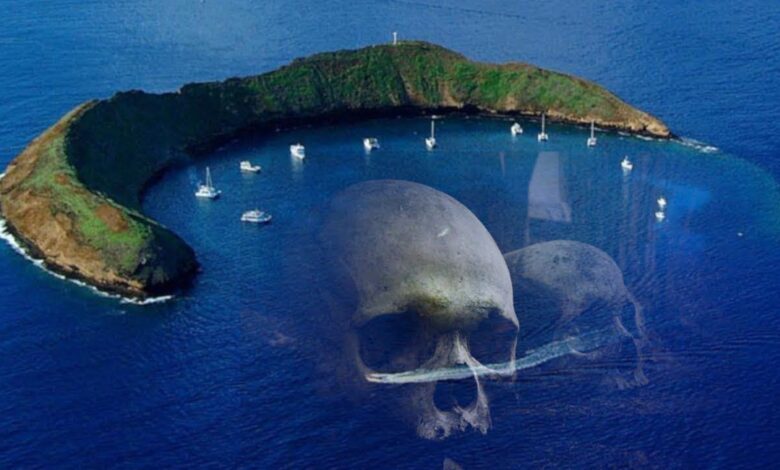
Think you’re brave? Think again.
From toxic lakes that can turn you into a statue to islands where even setting foot could get you killed, these places aren’t just wild; they’re straight-up nope zones.
We’re talking zero Wi-Fi, zero second chances, and danger levels so high, even your GPS might scream, “Turn back!”
Whether you’re an adrenaline junkie or just love a good doom-scroll, here are the 10 most dangerous places on Earth where going there is risky… But coming back? That’s not guaranteed.
1. Mount Everest Death Zone (Nepal/Tibet)
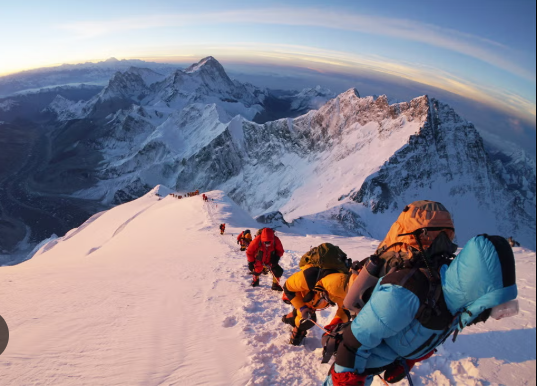
One of the most treacherous locations is the death zone on Mount Everest, which lies above 8,000 metres (26,247 feet).
At this altitude, the atmospheric oxygen level is just a third of what we breathe at sea level, causing the human body to deteriorate rapidly.
Climbers suffer from cerebral and pulmonary oedema, extreme fatigue, and organ failure, all while facing bone-chilling temperatures and sudden storms.
Rescue is virtually impossible above 7,000 metres due to thin air that prevents helicopters from operating.
Ground rescues are rare and dangerous, often leading to more fatalities. Over 300 climbers have died in this zone, their bodies serving as chilling landmarks along the route to the summit.
2. Chernobyl Exclusion Zone (Ukraine)
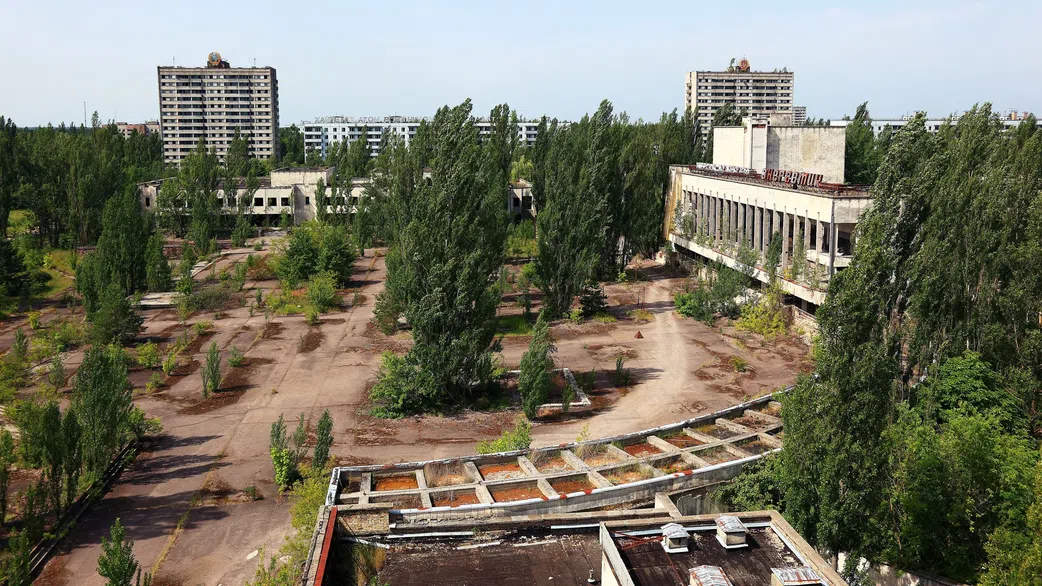
Equally inhospitable is the Chernobyl exclusion zone in Ukraine, the site of the world’s worst nuclear disaster.
The remains of Reactor No. 4 continue to emit deadly radiation, and the infamous “Elephant’s Foot”, a mass of radioactive corium, delivers lethal doses within minutes.
Acute Radiation Syndrome (ARS) caused by exposure leads to vomiting, internal bleeding, and death in weeks.
Even short visits raise cancer risks significantly, as radiation exposure is both invisible and cumulative. Wildlife and vegetation have absorbed radioactive isotopes, turning seemingly harmless environments into hidden hazards.
3. North Sentinel Island (India)
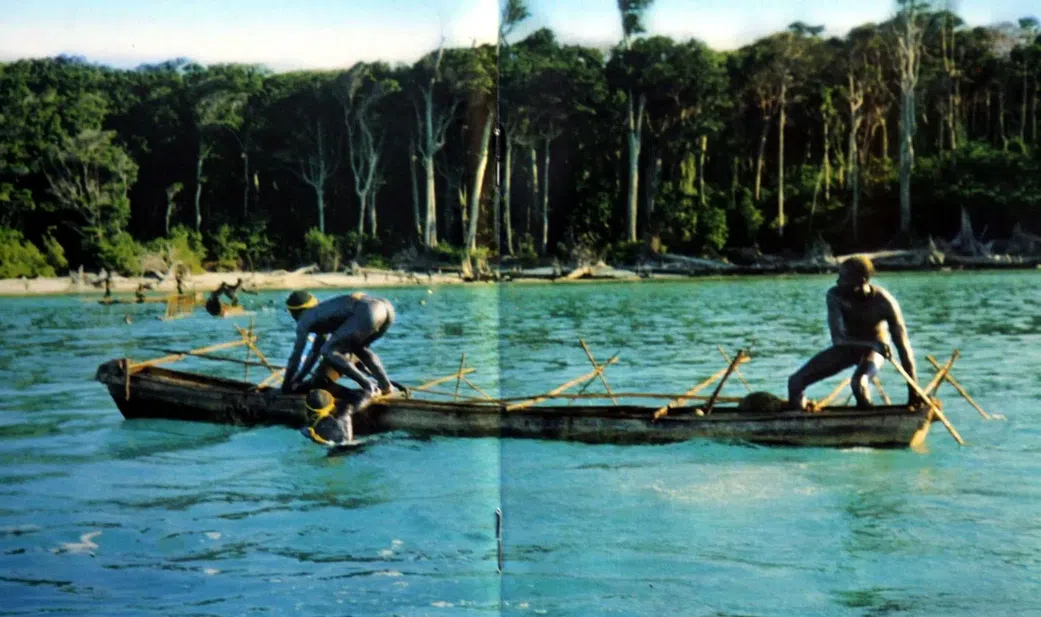
On North Sentinel Island in the Andaman Sea, the danger comes not from nature but from people.
The Sentinelese, one of the world’s last uncontacted tribes, have lived in isolation for over 60,000 years and violently repel any intruders.
In 2018, American missionary John Allen Chau was killed shortly after arriving on the island.
The risk of spreading fatal diseases to the tribe, combined with their lethal resistance, led the Indian government to enforce a strict no-contact policy.
Anyone approaching within three nautical miles faces arrest, and authorities avoid retrieval efforts due to the extreme hostility.
4. Lake Natron (Tanzania)

Lake Natron in Tanzania is one of the most caustic bodies of water on Earth, with a pH as high as 10.5 due to volcanic chemicals.
Contact with the lake can cause severe chemical burns and blindness. The lake’s red waters emit toxic gases, including hydrogen sulphide, which can induce respiratory failure.
Temperatures in the region can soar above 60°C (140°F), creating an environment where dehydration and heatstroke occur rapidly.
Animal corpses that fall into the lake are preserved through natural mummification, standing as eerie testaments to the lake’s lethality.
5. The Danakil Depression (Ethiopia)
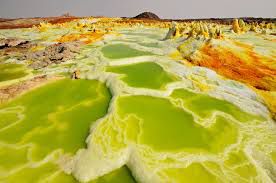
The Danakil depression in Ethiopia is another brutally extreme environment. Sitting below sea level in one of the hottest regions on Earth, daily temperatures often exceed 50°C (122°F).
The region features active volcanoes, sulphur springs, and salt flats, all releasing toxic gases such as sulphur dioxide and chlorine.
The depression lies atop a tectonic triple junction, making earthquakes and sudden ground shifts frequent. Visitors face the combined threats of extreme heat, lethal gases, and unstable ground, with little to no access to rescue or medical support.
6. Death Valley (California, USA
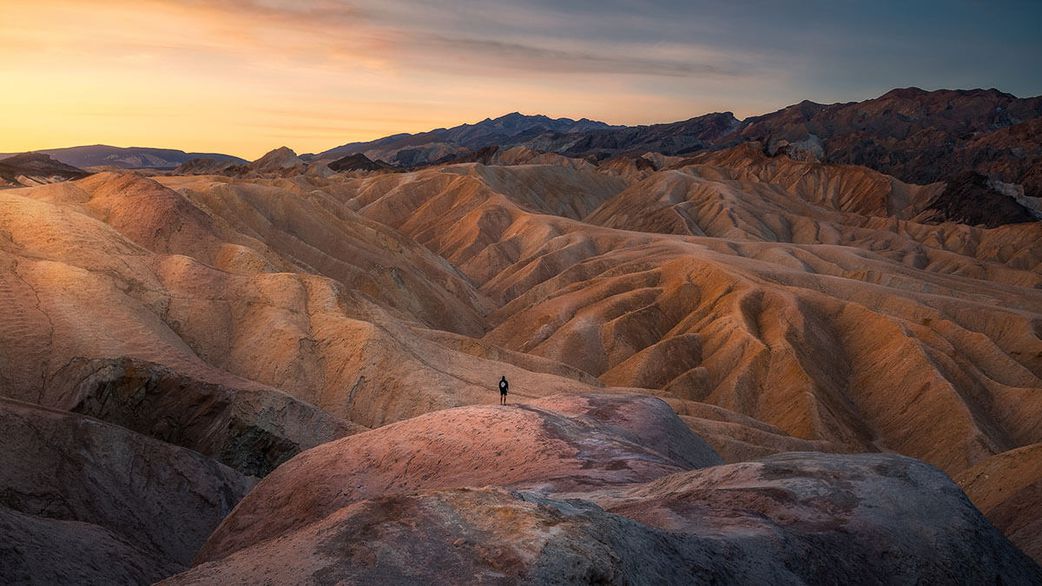
In the United States, death valley in California holds records for some of the highest temperatures ever recorded on Earth.
Summer temperatures routinely rise above 50°C (122°F), causing rapid dehydration and heatstroke.
Vehicles often break down due to overheated engines and melted tyres, leaving travellers stranded in remote areas with no water or cellular service.
Ironically, despite being one of the driest places in the world, death valley is also prone to sudden flash floods, which can turn arid plains into deadly torrents in minutes.
7. Fukushima Exclusion Zone (Japan)
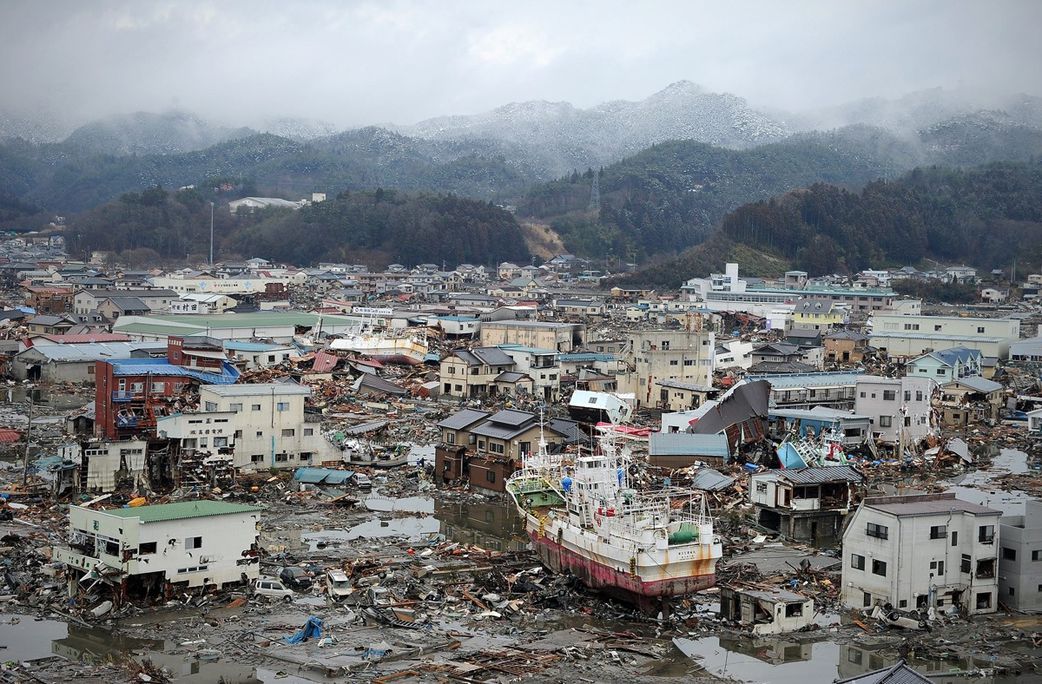
Japan’s Fukushima exclusion zone, formed after the 2011 nuclear meltdown, remains hazardous due to lingering radioactive contamination.
The meltdown of three nuclear reactors released radioactive materials that persist in the environment, damaging human tissue and immune systems upon exposure.
Even advanced robots have failed inside the damaged reactor sites due to radiation-induced electronic failures.
The area is largely abandoned, and though some cleanup efforts are ongoing, many parts of the zone remain too dangerous for human or robotic entry.
8. Ciudad Juárez (Mexico)
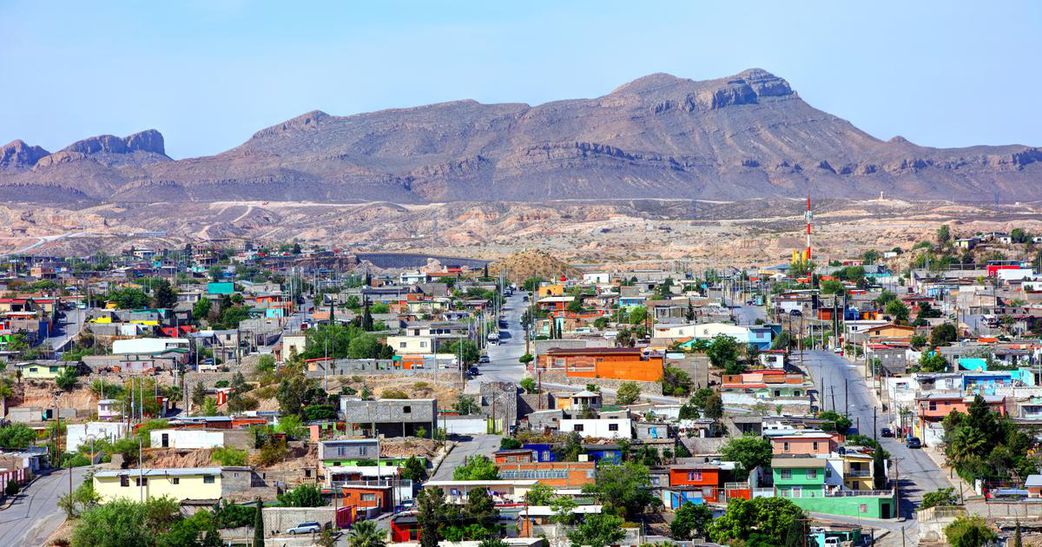
Moving from environmental threats to human conflict, Ciudad Juárez in Mexico was once the epicentre of cartel violence.
Located along the U.S. border, it witnessed murder rates surpassing those of active war zones during peak years.
Civilians, journalists, and tourists were frequently caught in the crossfire, and targeted assassinations were common.
Police corruption and fear allowed criminal organisations to operate with impunity, leading to rampant kidnappings, extortion, and mass disappearances.
Though the violence has decreased in recent years, it remains a volatile and high-risk destination.
9. The Sahara Desert (North Africa)

The Sahara desert, stretching across North Africa, is a vast, unforgiving expanse of sand dunes and barren plains.
Navigation is challenging due to featureless terrain and shifting sands that confuse even GPS systems.
Without access to water or shelter, dehydration can claim lives in a single day. Sudden sandstorms, or “haboobs”, can last for hours or days, reducing visibility to zero and causing suffocation from inhaling fine sand particles.
The sheer scale of the desert makes rescue efforts unlikely once someone becomes lost.
10. Drake Passage (Southern Ocean)
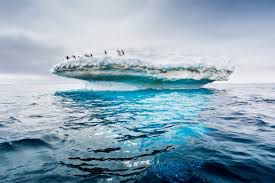
Finally, the Drake Passage, the turbulent stretch of sea between South America and Antarctica, is considered the most dangerous nautical crossing in the world.
The convergence of three major ocean currents generates massive waves that can reach 20 metres in height, along with gale-force winds and freezing temperatures.
Ships caught in storms here are at risk of capsizing, and those who fall overboard face hypothermia and death within minutes.
The remote location and harsh conditions make rescue efforts extremely difficult, if not impossible, especially during storms.








